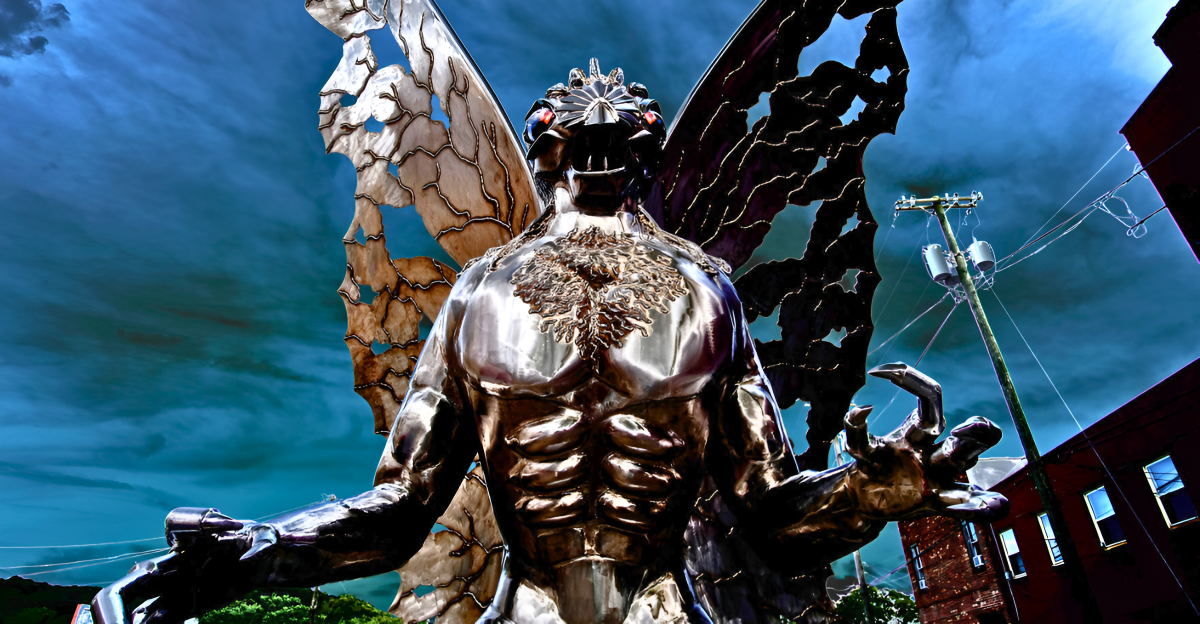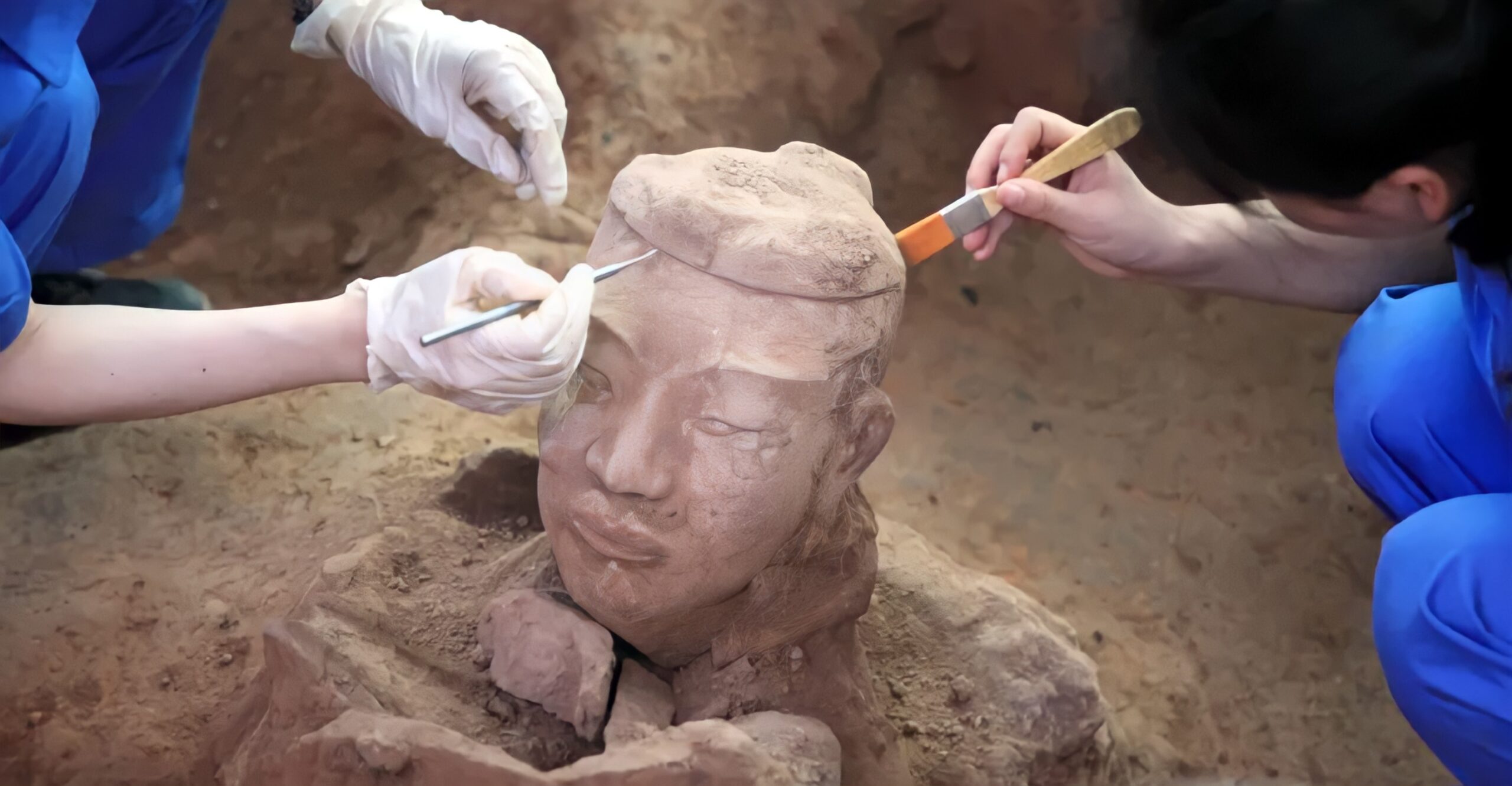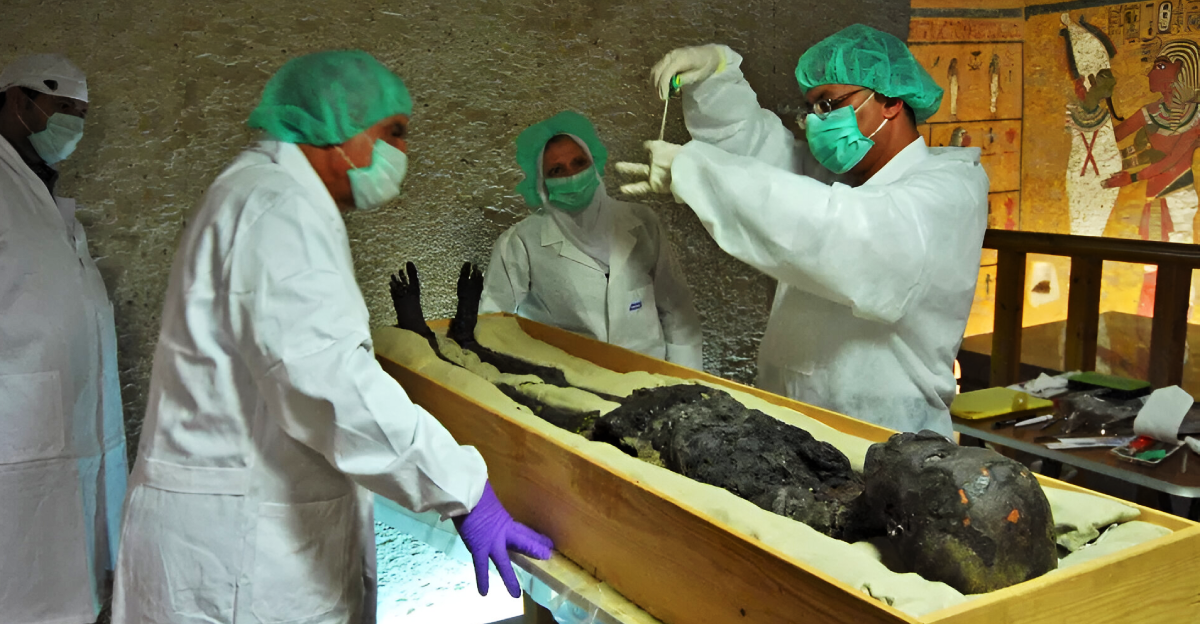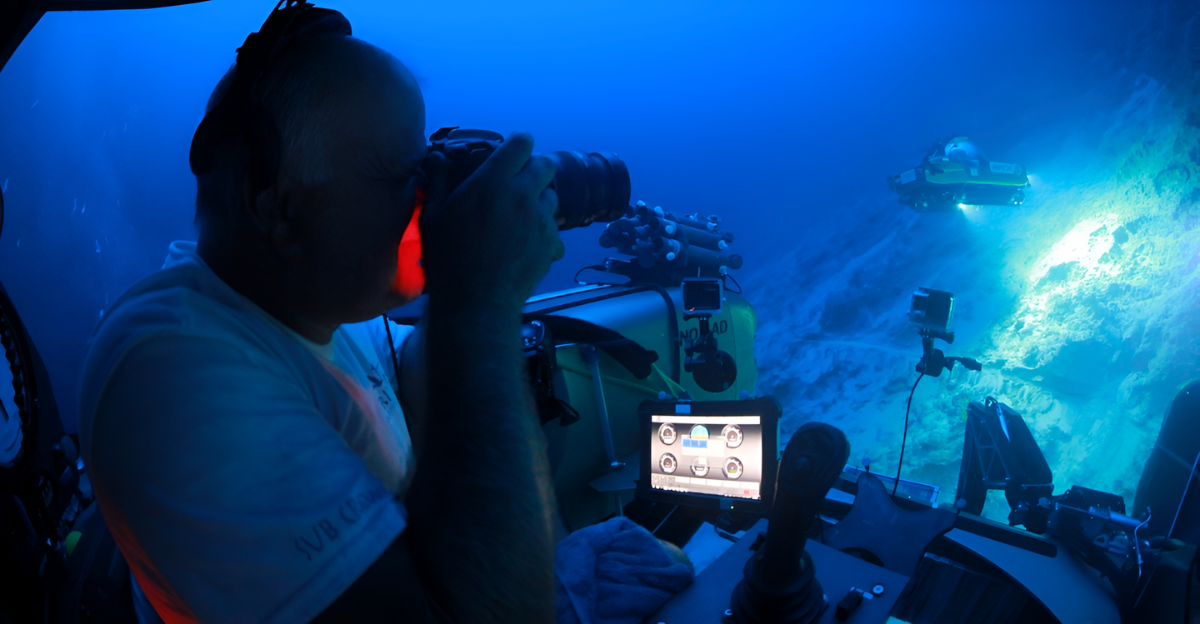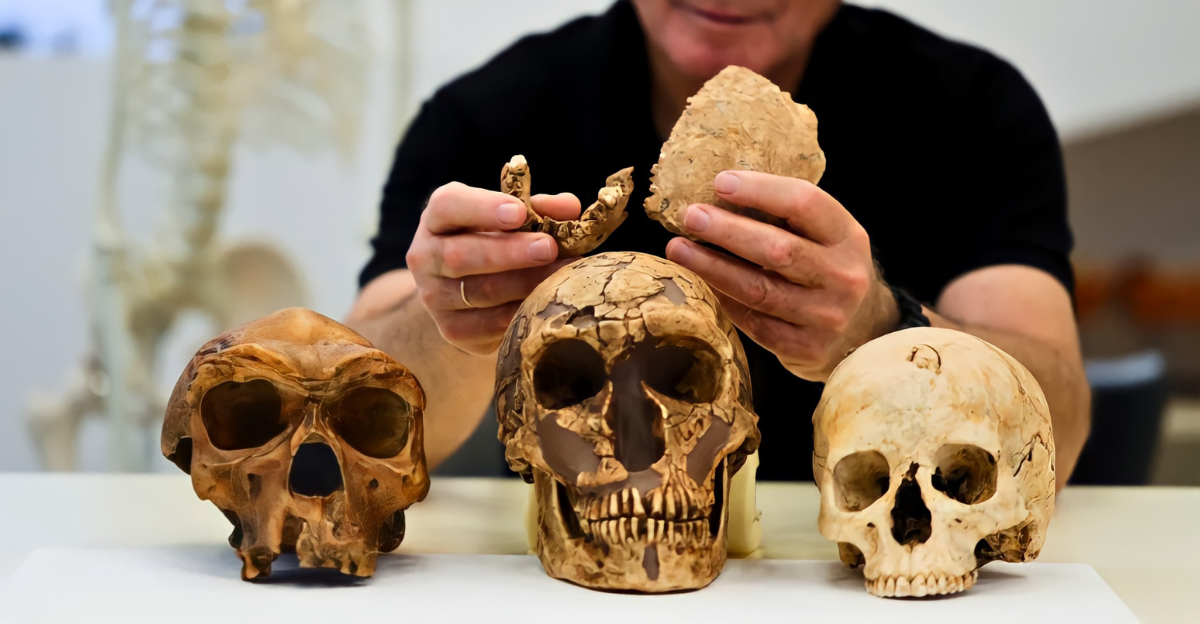
Now and then, scientists find something that makes them scratch their heads. That’s precisely what happened when researchers took another look at Maba 1, a partial skull that farmers stumbled upon back in 1958 while digging for bat fertilizer in a Chinese cave. The skull had been sitting in collections for decades, labeled as belonging to some ancient human relative. But scientists discovered something puzzling when they put it through high-tech CT scanners in 2025. According to Popular Mechanics, lead researcher Jiaming Hui admitted the fossil “refuses to fit any established lineage” after months of careful analysis. They found a hodgepodge of features that don’t match anything we know about human evolution.
CT Scans Expose Surprising Mix of Old and Modern Traits
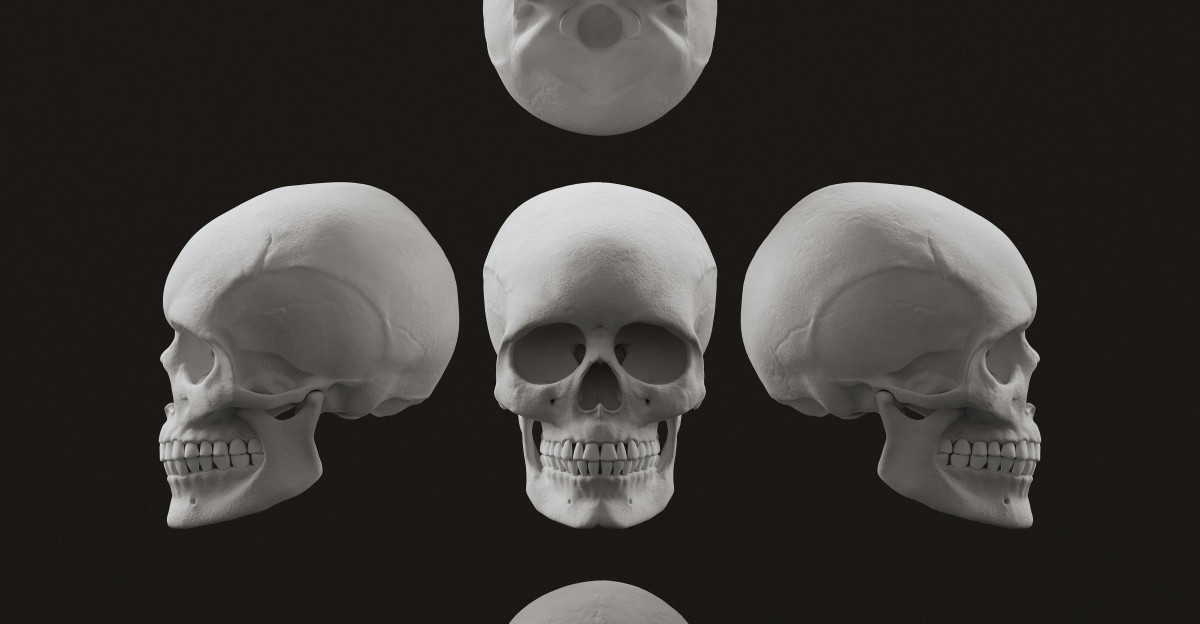
For nearly 70 years, scientists could only examine what they could see outside the Maba skull. But modern micro-CT technology changed everything by letting researchers peek inside without damaging the precious fossil. What they found was incredible. According to the American Journal of Biological Anthropology, the skull contains thick brow ridges hiding intricate tube-like channels, frontal sinuses that match Neanderthal dimensions, and inner ear structures that look more like modern humans than older species. The brain cavity measures about 1,300 cubic centimeters, right in the range of people today, but the frontal lobes are unusually short. This weird mix of old and new features has scientists calling it “hybrid geometry,” which makes the skull perfect textbook material for the CT-scanning era.
From Bat Guano to Breakthrough: How a Guangdong Cave Changed Prehistory
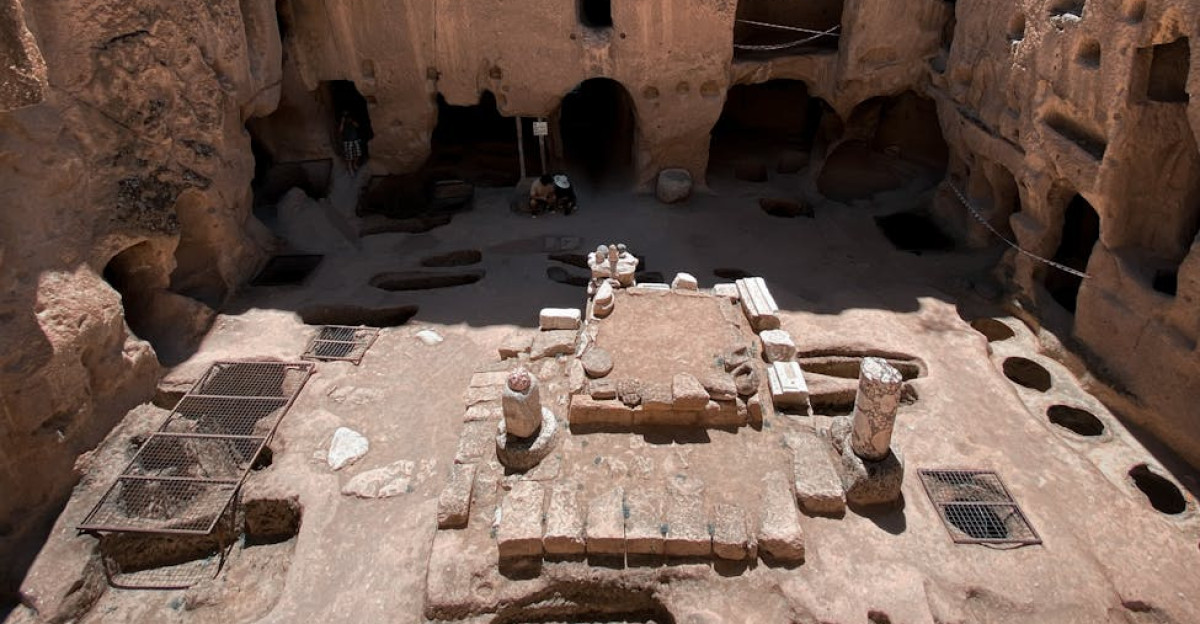
The story begins in June 1958, when local farmers were doing something that might seem gross today but was perfectly normal back then. They were digging up bat droppings from Lion Rock Cave near Maba village to use as fertilizer for their crops. According to research published by the Chinese Academy of Sciences, these farmers uncovered bone fragments that would later be identified as one of the most puzzling human fossils ever found. Scientists used uranium dating on the surrounding rock to figure out the skull is between 237,000 and 129,000 years old, which puts it right around that 300,000-year mark mentioned in headlines. The cave also contained fossils of hyenas and wild dogs, depicting what life was like in southern China during the late Middle Pleistocene period.
Asia’s “Muddle in the Middle” Keeps Human Family Tree in Flux
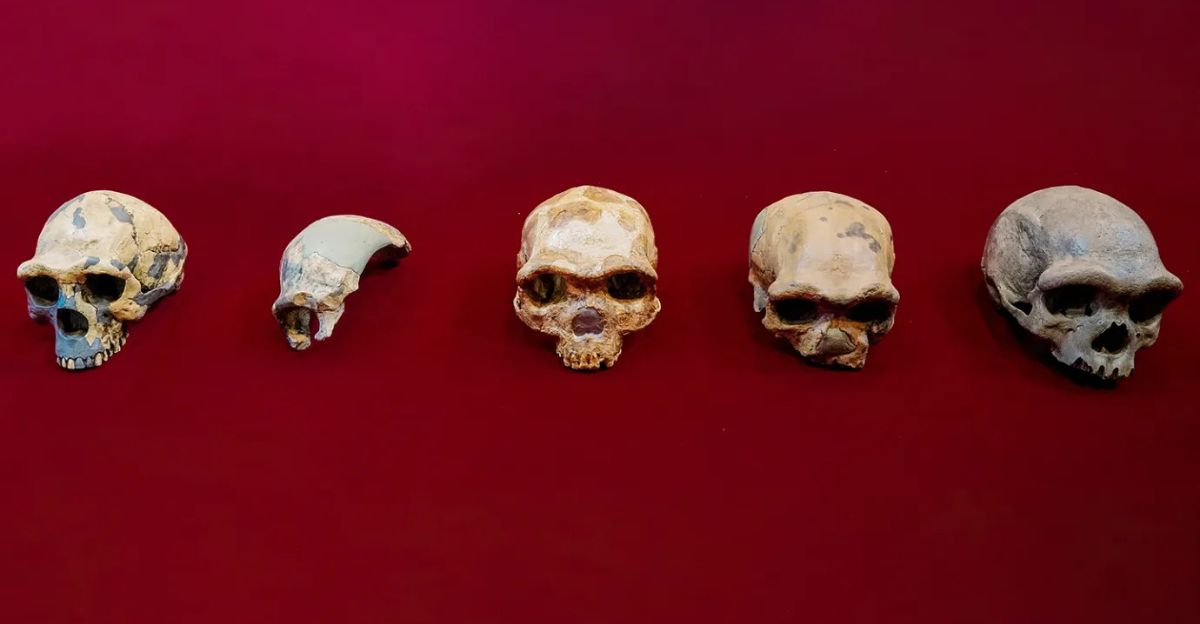
If you think human evolution is a neat, tidy story, fossils from Asia will quickly change your mind. Scientists have a nickname for this period, calling it the “muddle in the middle” because nothing seems to fit together correctly. According to reports from various science outlets, recent discoveries from places like Hualongdong in Anhui province to Harbin’s “Dragon Man” keep throwing curveballs at researchers trying to map out human family trees. In the Middle Pleistocene period, different human groups wandered around Asia, possibly interbreeding and creating combinations that don’t match our textbook categories. This makes Maba 1 less of a weird outlier and more of a warning sign that maybe our species categories are the problem, not the bones themselves.
Study Finds Fossil Doesn’t Fit Any Known Human Species—Here’s Why
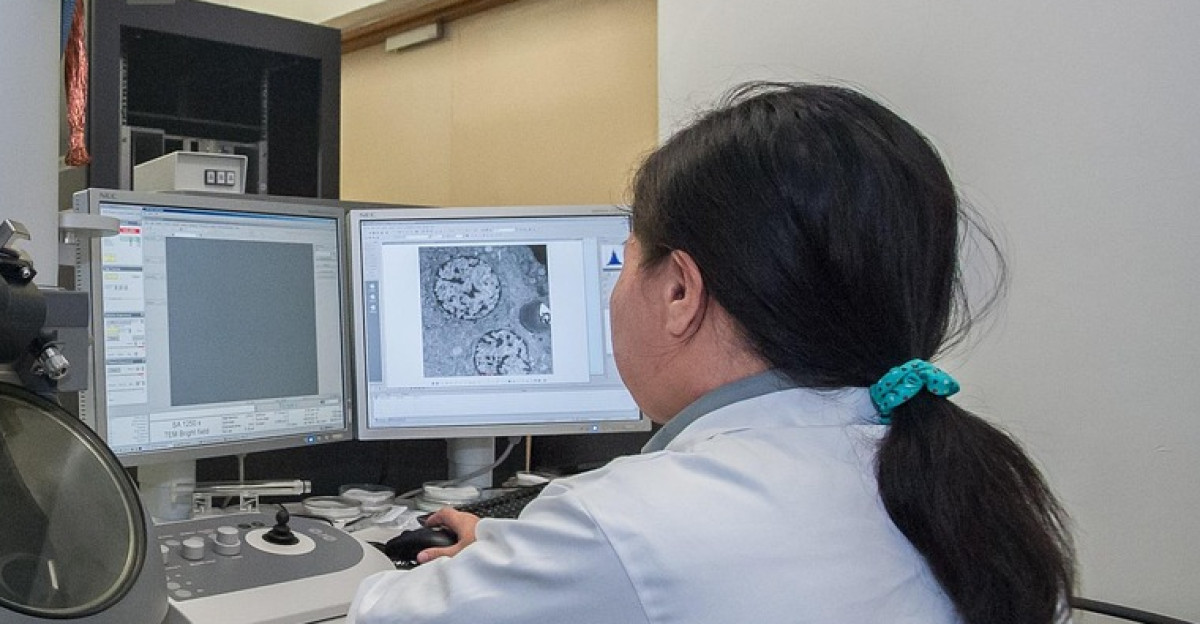
Here’s where things get interesting. When the research embargo lifted on May 30, 2025, scientists finally revealed what their detailed analysis had concluded. According to both Popular Mechanics and the American Journal of Biological Anthropology, the team’s statistical models couldn’t group the Maba 1 skull with Neanderthals, Homo erectus, Denisovans, or early modern humans. Instead, it seemed to gravitate toward other “orphaned” fossils, such as specimens from Tanzania and Zambia that also don’t fit existing categories. While DNA probably won’t survive in the humid conditions where Maba 1 was found, researchers argue that the internal anatomy alone is enough to give this fossil a completely open status. For now, Maba 1 officially “doesn’t fit any human species,” which makes it one of evolution’s most significant question marks.
Lion Rock Cave Turns Scientific Fame into Steady Visitor Traffic
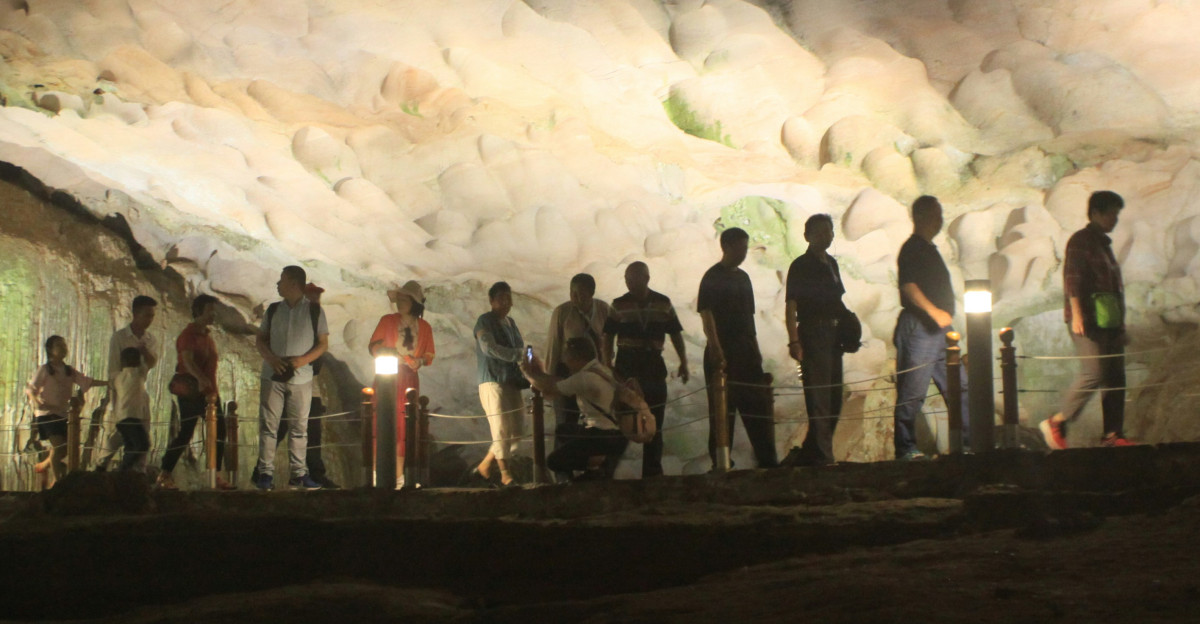
The cave where farmers found this mysterious skull has become a local attraction. According to tourism sites and travel reviews, the Lion Rock Cave is now the centerpiece of Shaoguan’s Maba Man Ruins park, complete with visitor centers and educational displays. During China’s May Day holiday break, Guangdong province welcomed 46 million tourists who brought in nearly 30 billion yuan in revenue, with heritage sites like this flagged as major growth drivers. The cave gets decent reviews on travel sites, with visitors giving it 3.4 stars and calling it “small but well lit.” Local guides say the Maba displays attract school groups and selfie-taking tourists, adding much-needed weekday traffic to area restaurants that once struggled during quiet periods.
Travelers and Locals Share What the ‘Maba Man’ Site Means to Them

People who visit the site seem genuinely impressed by the experience. According to TripAdvisor reviews, a visitor from Cambodia named Dim Uddamvirak called it “a great place to combine learning with the outdoors” after touring the cave this past winter. The site features replica fossils, interactive touch screens, and a shaded walking trail where families can piece together deep time over picnic noodles. Residents have their own stories too. As quoted in oral history projects, park ticket clerk Huang Qihua laughs when she remembers that “my grandfather thought it was just an old coconut shell” when referring to what his generation found in the caves. The site’s transformation from a fertilizer pit to a science shrine has become a source of community pride and modest income for an area that highways once bypassed.
China’s Fossil Laws Guard Ancient Remains—and Complicate Research
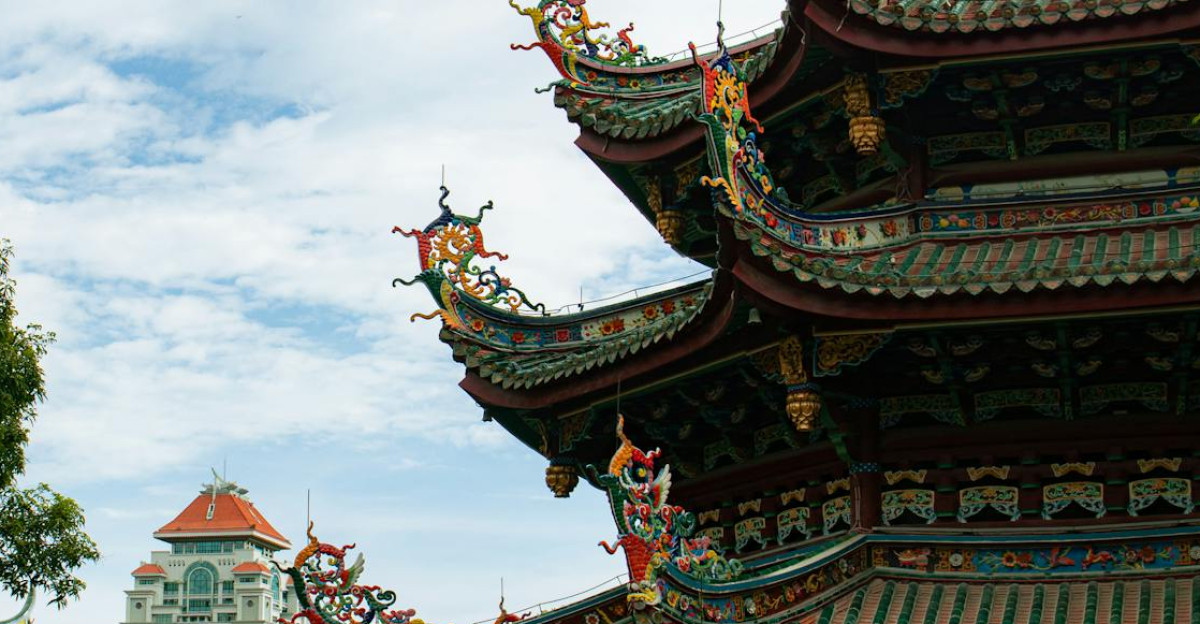
China takes its ancient human fossils very seriously these days. According to official documents from the State Council of China, the 2011 Regulation on the Protection of Fossils makes all Quaternary human remains state property, and anyone wanting to export them needs permits from the Ministry of Natural Resources plus approval from a National Fossil Expert Commission. The rules ended province-by-province loopholes and now impose hefty fines on smugglers. One Beijing curator told Science magazine, “Better bureaucracy than black-market bleaching.” This legal framework explains why Maba 1 never left China and why raw CT scan files, rather than the actual specimens, travel to overseas labs when international researchers want to study the skull’s curious features.
High-Tech Scanning Race Puts Asia’s Fossils Online for Global Study
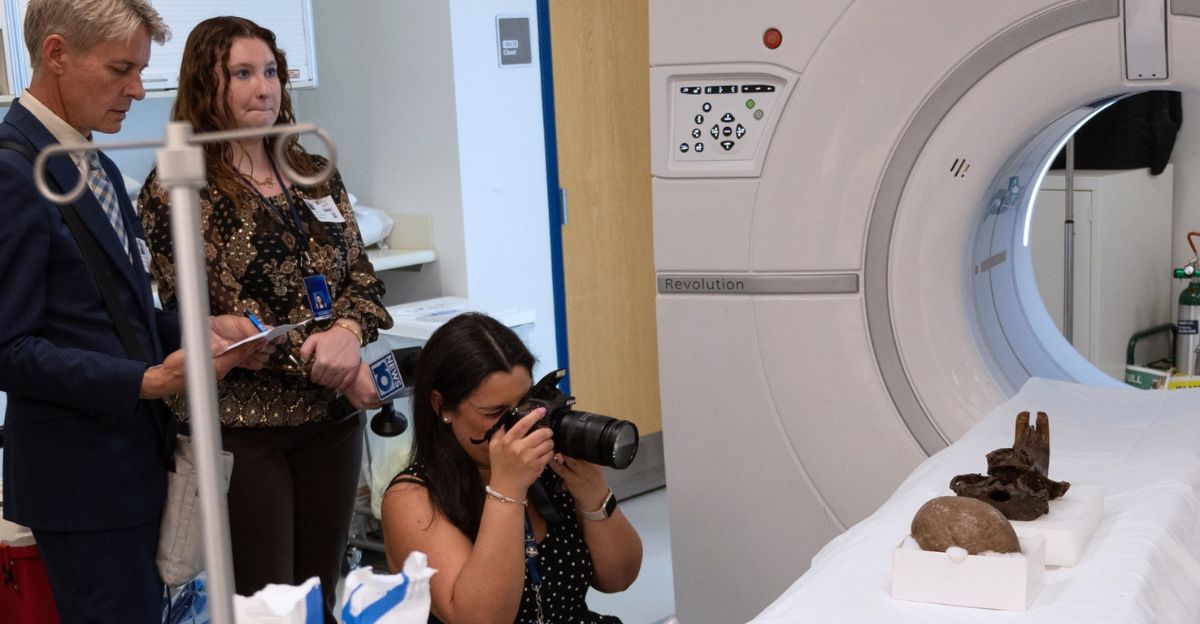
Museums worldwide are racing to get their old fossils through high-tech CT scanners. According to research in various journals, at least 120 Asian human ancestor specimens have been rescanned since 2020, doubling the region’s collection of openly available 3D datasets. Jiaming Hui’s team created their Maba 1 model by stitching 2,100 individual slices into a 400-megabyte file, which is now stored on three servers. These new scanning methods cut processing time in half while offering incredibly detailed 22-micron resolution that can trace tiny blood vessels once thought impossible to see. The payoff is huge because virtual fossils let researchers worldwide collaborate on mapping essential features while keeping fragile originals safely behind museum glass. But this flood of new data also means fresh contradictions arrive almost daily.
Healed Skull Fracture Reveals Violence—and Care—300,000 Years Ago
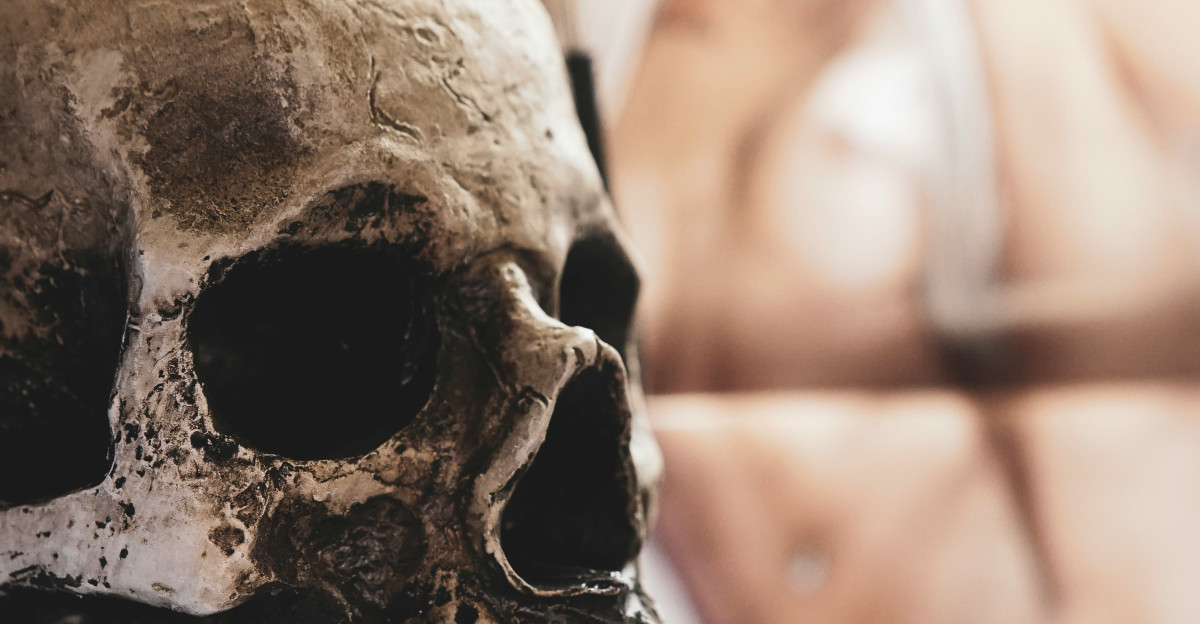
Here’s where the story takes a darker turn. Hidden inside those digital scans is evidence of ancient trauma. According to research published in the Proceedings of the National Academy of Sciences, there’s a semicircular depression on the right side of the skull that bulges inward, surrounded by healed bone growth. The CT density patterns suggest this came from blunt force trauma, possibly from a stone club or similar weapon, but remarkably, this person survived for months or maybe even years after the attack. This finding joins a small collection of Middle Pleistocene fossils showing that ancient humans cared for injured family members. So while there was violence 300,000 years ago, there was also compassion and social support, making Maba 1 not just an anatomical puzzle but also a window into community life in deep prehistory.
Researchers Clash Over Whether Maba 1 Merits a New Species Label

Scientists can be surprisingly competitive when it comes to naming things. According to reports from various academic sources, arguments erupted within hours of the 2025 paper’s publication. Some Chinese researchers want to group Maba 1 with similar fossils from Hualongdong and Harbin into a single new species they’d call “Homo linius.” European colleagues are pushing back, saying minor similarities don’t justify creating new species names. As anthropologist Chris Stringer cautioned, “We risk impressionist taxonomy” if we’re not careful about applying strict scientific tests. The debate has moved to online preprint servers, where researchers post geometric analyses arguing both sides. This isn’t just academic hair-splitting because museum labels, research funding, and national pride can hinge on which Latin name eventually sticking.
China Shares 3-D Models Abroad While Fossils Stay Safely at Home
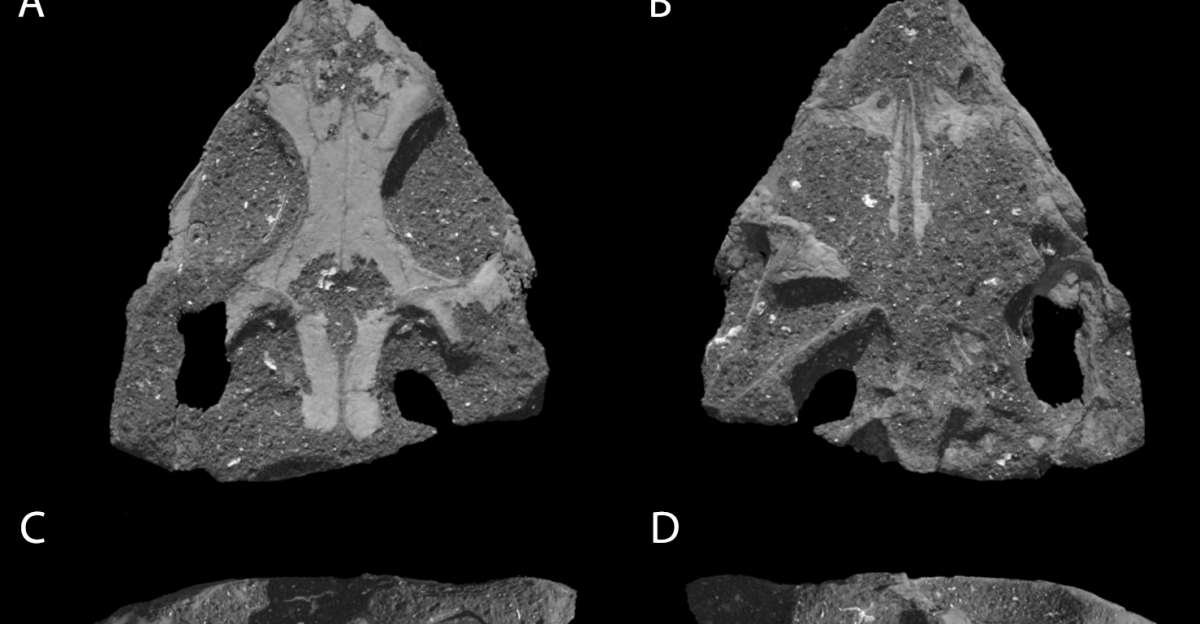
Finding a middle ground between scientific openness and national heritage protection isn’t easy. According to press releases from the Chinese Academy of Sciences, they’ve developed a creative compromise this spring. The actual fossils stay in China, but encrypted 3D mesh files get sent to verified foreign research partners within 48 hours of any request. Six major institutes, from Paris to Pretoria, have already downloaded Maba 1’s skull data for their comparative studies. Chinese officials say this policy cuts through red tape and boosts citation counts for their researchers, though critics worry that partial datasets can’t replace hands-on examination of the real thing. Still, this digital sharing approach represents a significant shift toward transparency that few people predicted even a decade ago.
Scientists Hunt Ancient Proteins to Pin Down the Skull’s True Lineage
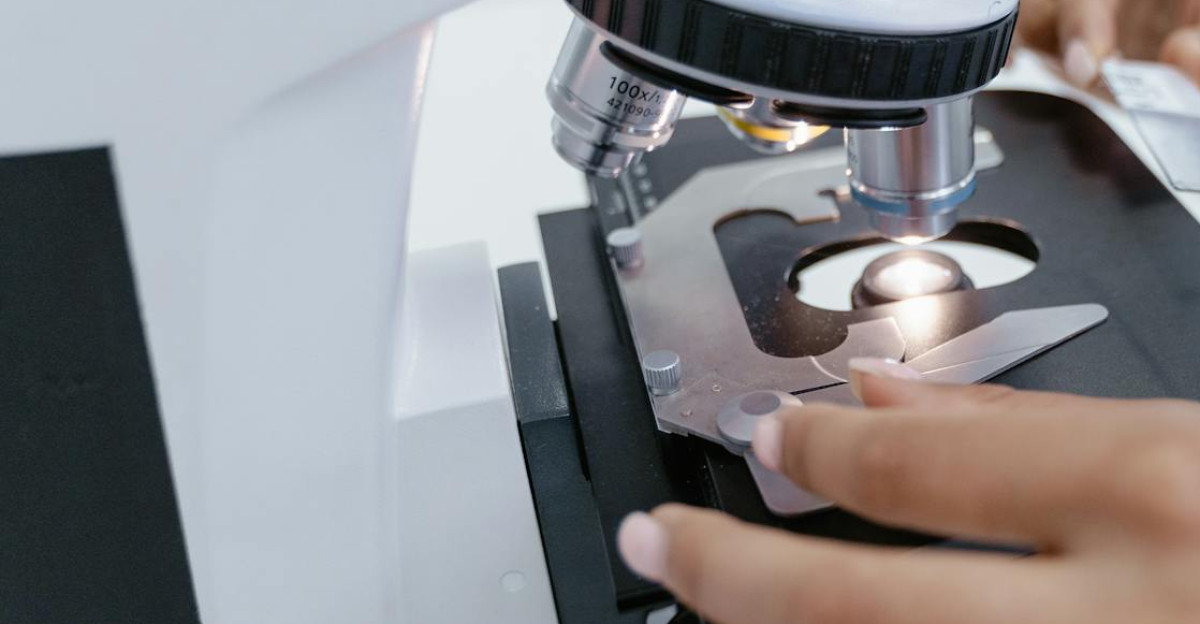
Scientists aren’t giving up on getting more information from this ancient skull. According to Science magazine’s news section, researchers are now looking for ancient proteins, which can sometimes survive in conditions where DNA can’t. While collagen peptides have been found in African and Siberian fossils, southern China’s humid caves present a much more formidable challenge. Still, mass spectrometry labs in Copenhagen and Beijing plan to take tiny samples from an already broken part of the skull’s sinus wall to hunt for species-level biological markers. They’re also working on more precise uranium-thorium dating of newly mapped rock formations to narrow down the age window to within 10,000 years. If either effort pays off, Maba 1 could transform from an anatomical oddball into a molecular Rosetta Stone that finally connects Asia’s many puzzle pieces.
Experts Urge Caution: Hybrid Features Don’t Equal New Species
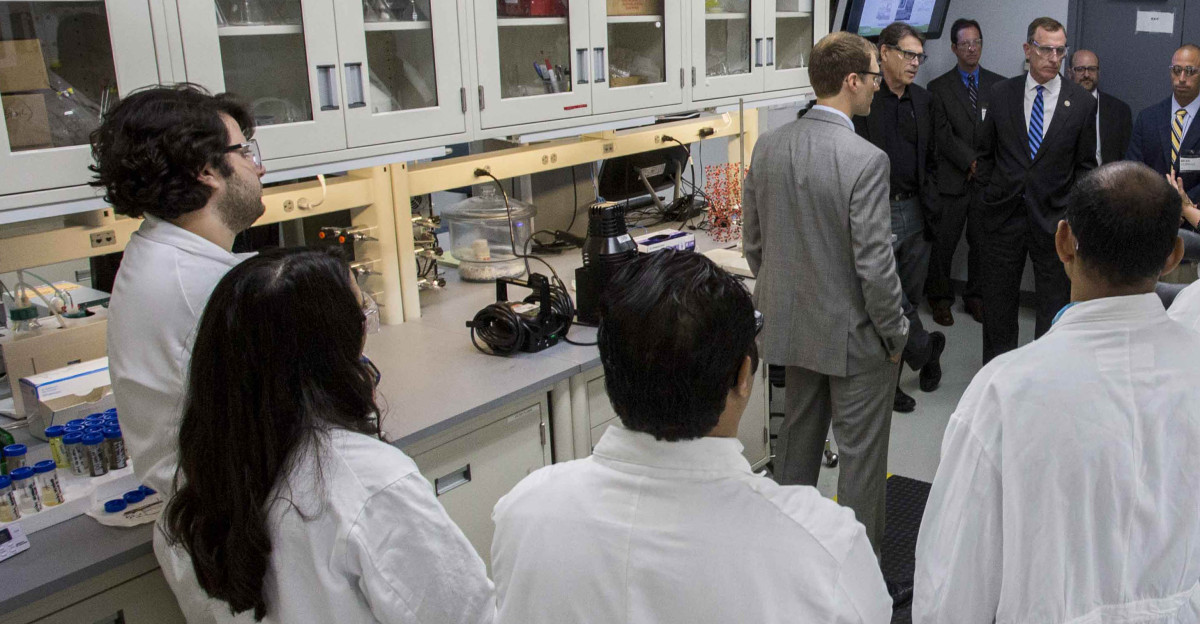
Not everyone is ready to declare this the discovery of a new branch of humanity. According to various expert interviews, researchers like Chris Stringer remind conference audiences that “hybrid traits don’t automatically equal new species,” pointing to well-documented cases where Neanderthals, Denisovans, and early modern humans interbred. The fragmentary nature of fossil evidence, small sample sizes for comparisons, and the possibility that similar features evolved independently all muddy the scientific waters. Peer reviewers have already flagged concerns about the limited comparative data in the 2025 study. The lesson here is that evolutionary family trees don’t change like clean software updates but more like messy folk histories that get revised every time a forgotten relative shows up at a family reunion.
Untouched Caves Could Hold the Next Big Twist in Human Evolution
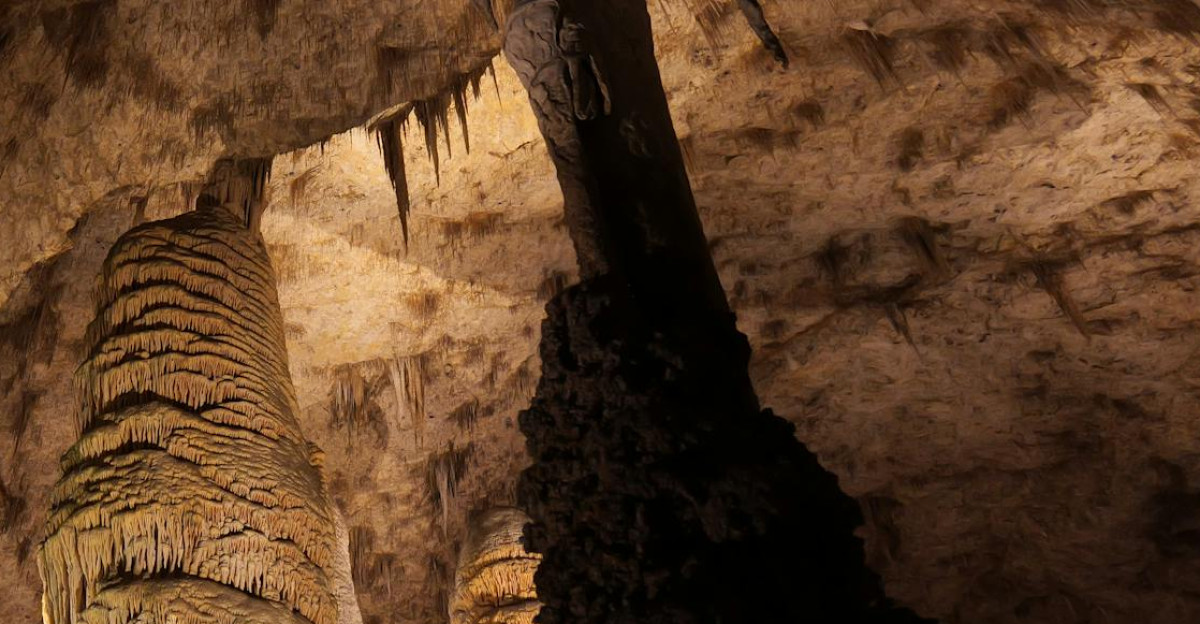
The story of human evolution in Asia is far from over. According to reports from various outlets, limestone caves across southern China still hide thousands of unexplored chambers and crevices. Guizhou province alone logged 10,000 adventure cave visits this past summer as local governments try to blend tourism with systematic surveying of potential fossil sites. Each new cave drilled, scanned, or opened up for tourists could yield another surprise guest at humanity’s increasingly crowded family reunion. Based on what we’ve learned from Maba 1, we should brace ourselves for more plot twists rather than tidy answers. After all, evolution prefers keeping us guessing over giving us neat, textbook endings to these ancient stories.

